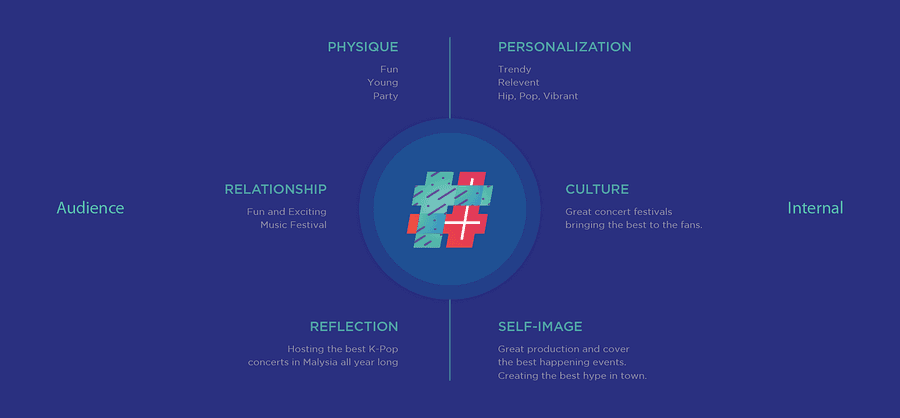Explore the World's Best Ideas
Join today and uncover 100+ curated journeys from 50+ topics. Unlock access to our mobile app with extensive features.
Think like your customer
Brand positioning is defined as the territory you occupy in your customers’ minds relative to your competitors and whether those customers believe you’re the best option to meet their needs.
Effective brand positioning relies on competitive research and analysis, consumer insights, and an honest evaluation of where your business stands and fits in the marketplace. Your customers are at the center of the process.
43
299 reads
Brand positioning
Brand positioning is product-agnostic. It aims to occupy a higher, conceptual place in the minds and eyes of customers. Brand position is about trying to establish a relationship based on shared or aspired values, belief systems, and business practices.
- When customers think of the brand, what words come to mind?
- How does the brand make them feel? What emotions do they associate with it?
41
139 reads
Create a brand identity prism: how consumers see your brand
- Physique: the tactile physical characteristics or iconography of your brand.
- Personality: the character (or persona) of your brand as expressed through style, color, design, tone of voice, language, and mannerisms.
- Culture: the beliefs and value systems that imbue the whole of an organization.
- Relationship: the connection established between a brand and its customers a
- Reflection: the person most likely to purchase your products.
- Self-image: how customers want to see themselves.
47
120 reads
Design a brand positioning map
The brand positioning map (or perception map) is a visual representation of a brand’s strengths and weaknesses in relation to the competition, based on consumer perception.
While positioning maps are a powerful tool, they don’t account for business objectives and financial results.
36
124 reads
A few examples of potent proof points
- Backed by science: Trials and studies support your claims. It goes without saying that the more unbiased and independent the research is, the better.
- Reviews and testimonials: Nothing is more powerful than other people, who laid down their hard-earned cash for your product, validating the efficacy of your brand.
- Category longevity or expertise: Sustainability, viability, and expertise can be proof points in and of themselves.
- Awards, accreditations, seals of trust/excellence: People love awards and seals.
38
121 reads
IDEAS CURATED BY
Jane King's ideas are part of this journey:
Learn more about marketingandsales with this collection
The importance of networking in podcasting
How to grow your podcast audience
How to monetize your podcast
Related collections
Similar ideas
4 ideas
7 ideas
Read & Learn
20x Faster
without
deepstash
with
deepstash
with
deepstash
Personalized microlearning
—
100+ Learning Journeys
—
Access to 200,000+ ideas
—
Access to the mobile app
—
Unlimited idea saving
—
—
Unlimited history
—
—
Unlimited listening to ideas
—
—
Downloading & offline access
—
—
Supercharge your mind with one idea per day
Enter your email and spend 1 minute every day to learn something new.
I agree to receive email updates


